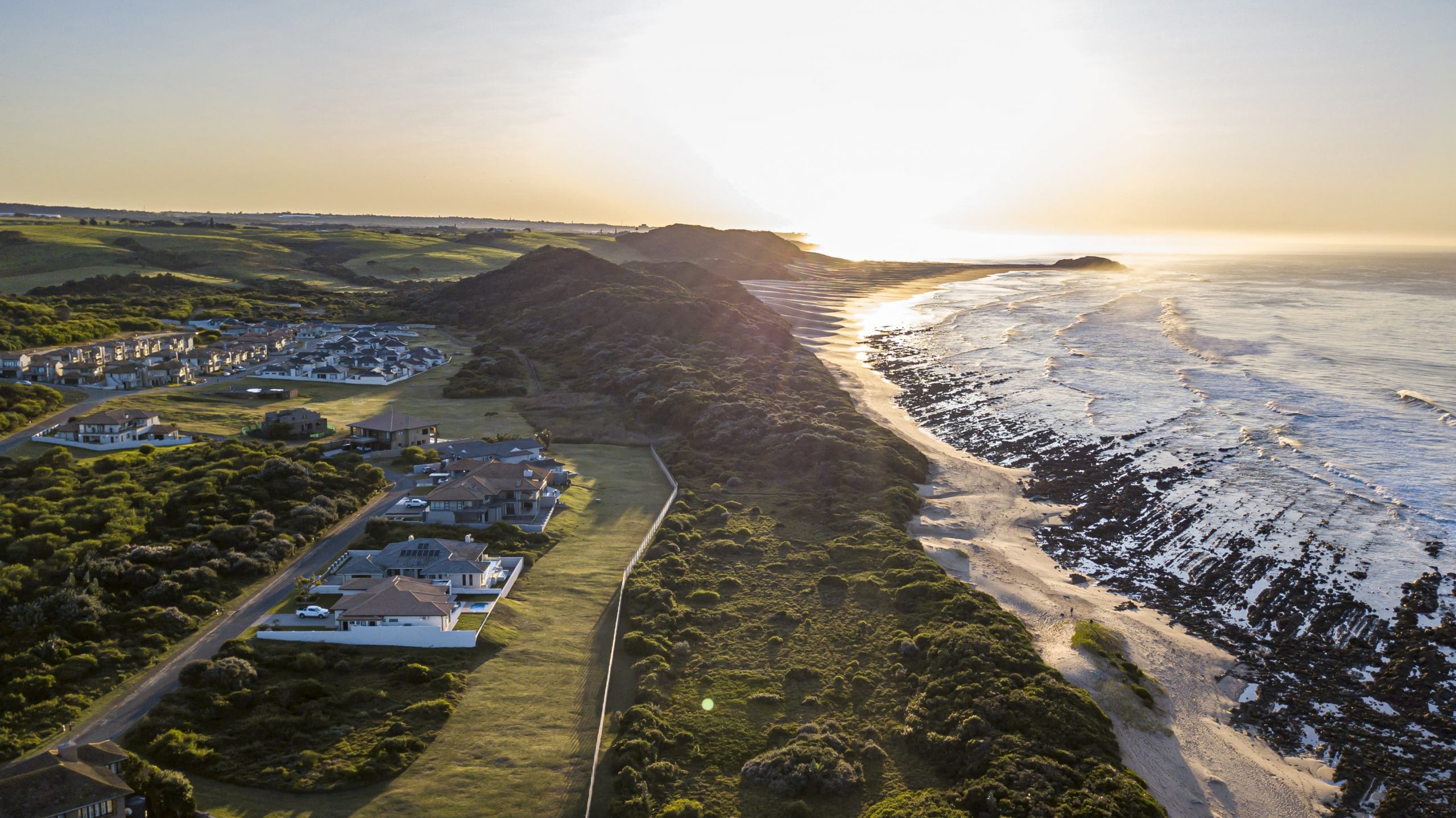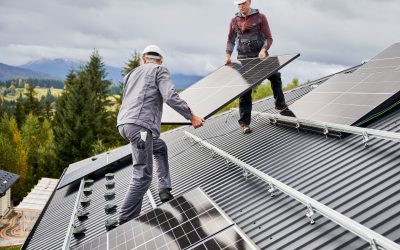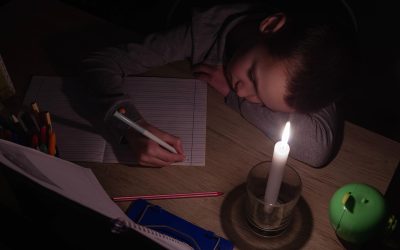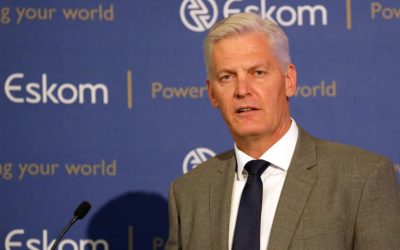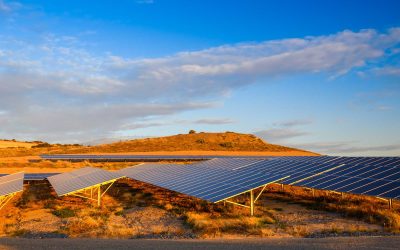This is an interesting story from ITWeb [1]. There is a residential estate in East London that has used some groundbreaking technology to solve its energy problems.
In South Africa, we’re all having an energy problem. Load shedding is affecting all of us. Even if you’ve gone completely off-grid, you still have to drive through the city and fight through traffic caused by load shedding. But this residential estate, Coral Beach Estate, in the Eastern Cape, is facing more just load shedding. They also have an issue with copper theft.
A Different Problem
The way electricity gets to the estate is quite unique. The estate is about 30 hectares in size, it’s next to the beach, so it’s not within a heavily populated area, and the way that power gets to the estate puts it in a vulnerable position. There’s a power line that transmits power to the estate, and copper thieves are often damaging the line. So, the Estate has had frequent power outages that often last for days on end.
That’s quite unfortunate. You’re living in this beautiful beachside estate, but, every now and then, you have no power for a few days.
So, there’s this energy company called Impower, and they came up with a unique solution to solve Coral Beach Estate’s unique problem. They have implemented something called a microgrid, and this has made the estate’s power issues a thing of the past.
Understanding Microgrids
If you receive power from Eskom or a municipality, you’re connected to the national grid. This is the network of power lines throughout the country that take power from the power stations spread around the country and get that power to your home or business.
We have power stations throughout the country supplying power to the grid, and Eskom has a National Control Centre that manages all of the power supplied to the grid. The National Control Centre’s main job is to match supply with demand. If there’s too much power, they need to redirect the power somewhere else, for example to a pumped storage plant. If there’s too much demand and not enough power, they need to start up some additional backup power plants, like gas turbines. Or they implement load shedding—something we’re most familiar with.
A micro-grid setup is kind of like having a little Eskom that is responsible for the energy supply and control to a very small number of interconnected consumers. In this case, it’s about 200 or so houses by the beach.
This little gird gets its electricity from a small solar farm adjacent to the estate, many of the residents have their own solar power installed, there is a battery storage system as well, and there is, of course, the electricity supply from Eskom, unreliable as it is.
Not a Simple Task
Much like Eskom’s National Control Centre, this micro-grid needs to constantly match supply with demand. It needs to find the best source of power at any given moment. It must also ensure that power gets to all of the consumers connected to the microgrid.
This power management and control is no simple task.
Also, just as with Eskom, the residents did not pay for the system to be installed. The energy company, Impower installed and now manages the system. The consumers only pay for the electricity that they consume, per unit of electricity (kWh). And, the cost of their electricity is less than Eskom and will continue to be less than Eskom for the next 20 years.
This is a great accomplishment by Impower. They’ve also used sun-tracking on their solar panels. This allows them to get a lot more energy from a small space than a static system would. Impower is setting an example here that, I’m sure, many will want to and will follow in months and years to come.
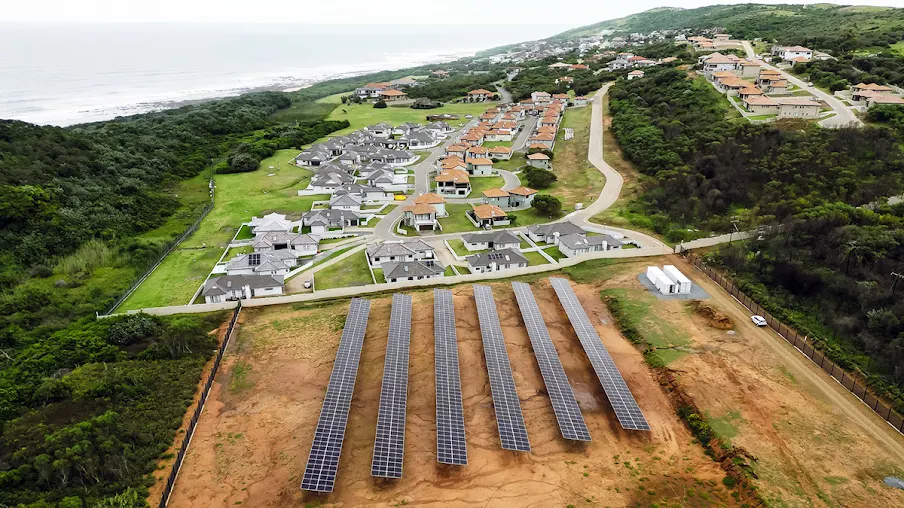
The Future of Electricity Supply in South Africa
It makes a lot of sense to have microgrids all over the place. When coal is your resource, it makes a lot of sense to have large power stations located there where the coal mines are and then transmit it over power lines throughout the country. But the sun shines everywhere and the wind blows everywhere. If these are the main resources, perhaps backed by diesel or gas, it makes more sense to have this microgrid model—to produce the electricity right there where it is needed and used.
This is definitely the direction that we’ll see many more consumers going, regardless of what is happening at the political level. So, well done Impower!
[1] Staff Writer. ITWeb. 22 Jan 2024. “East London community gets micro-grid solar facility” https://www.itweb.co.za/article/east-london-community-gets-micro-grid-solar-facility/DZQ58MV8z3bvzXy2 (Accessed 25 January 2024)

